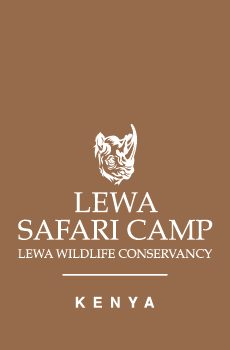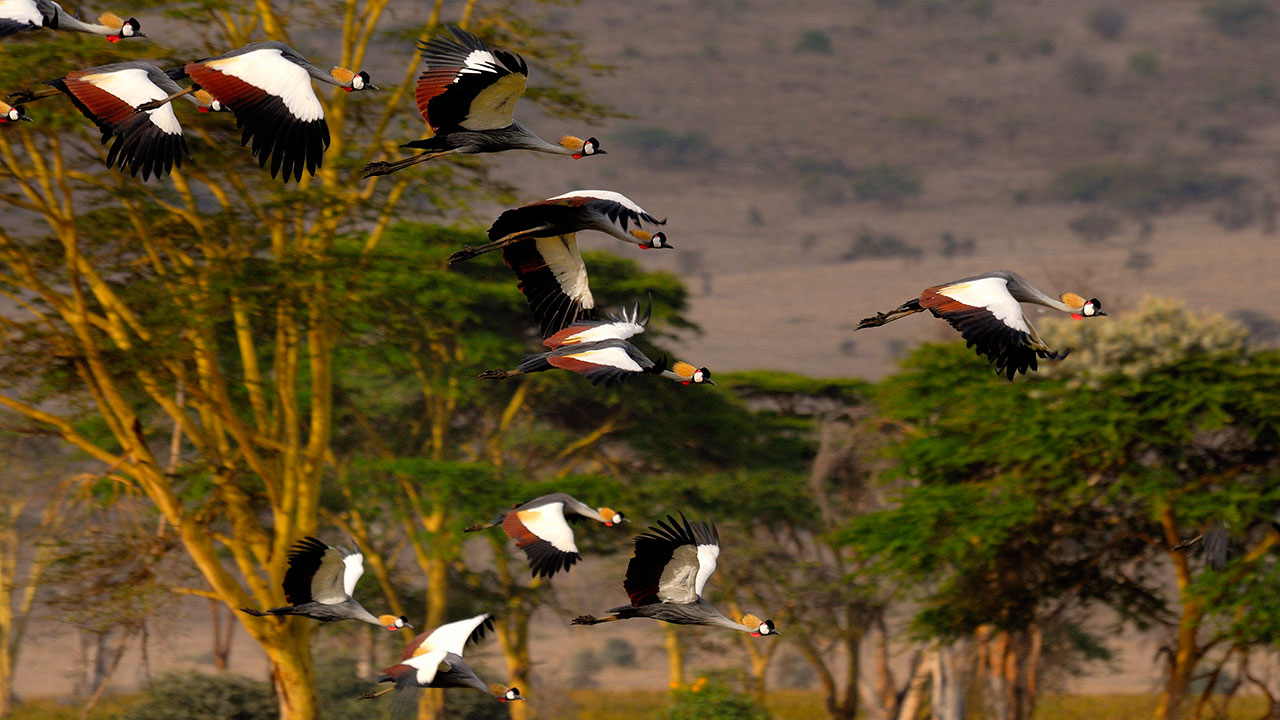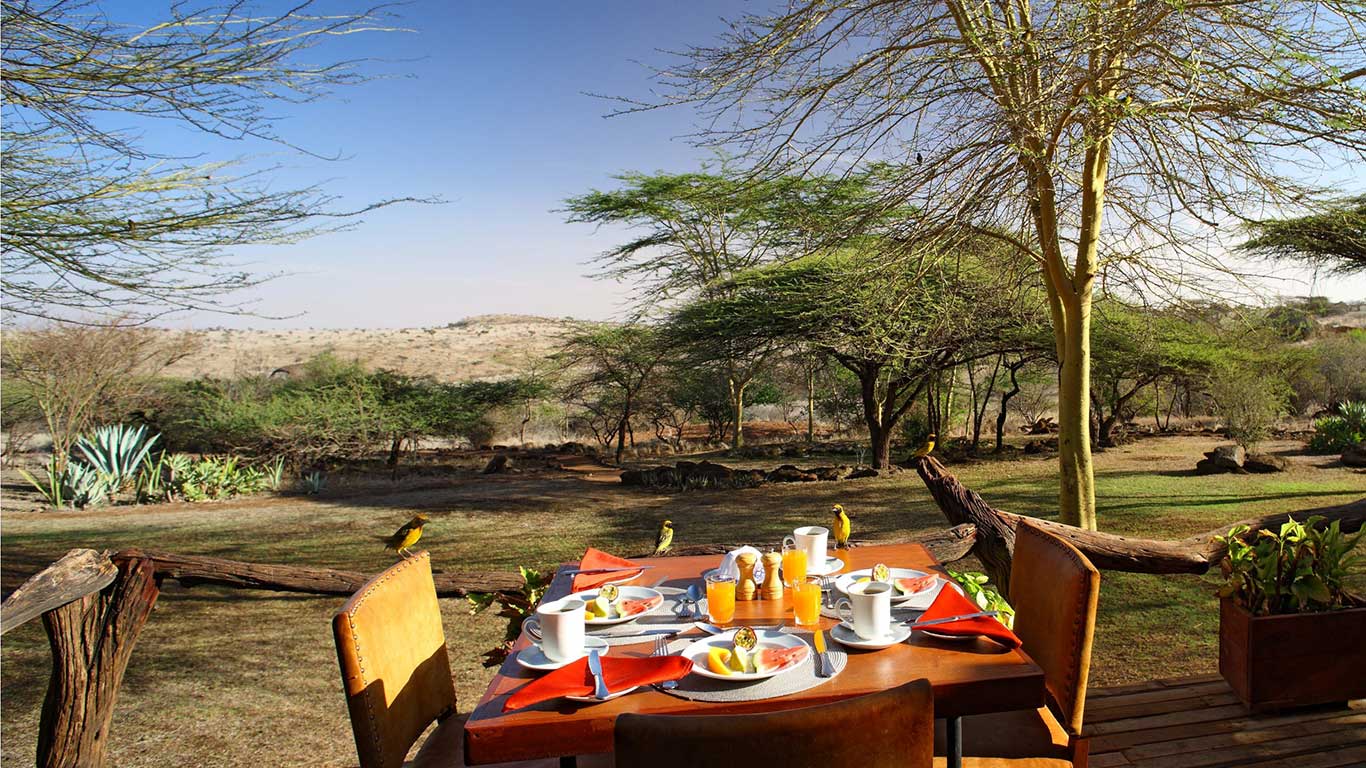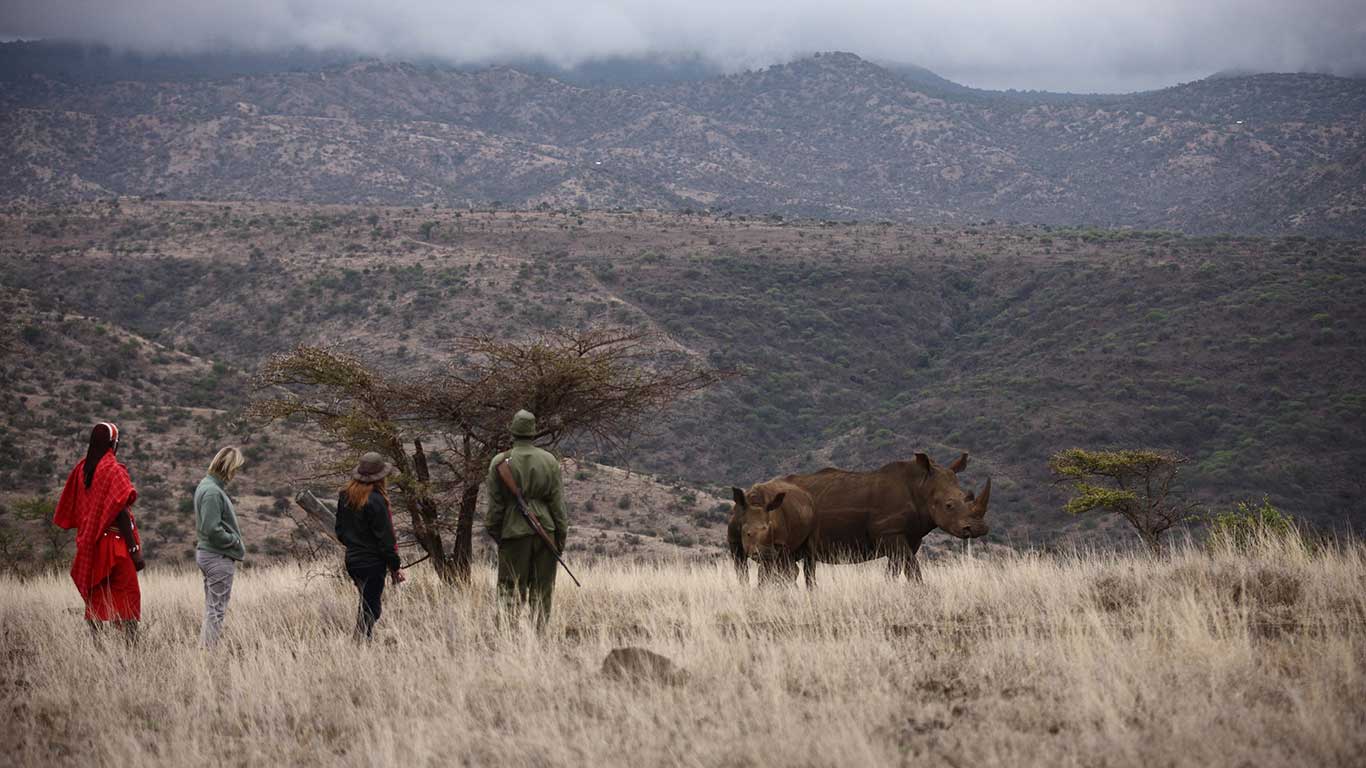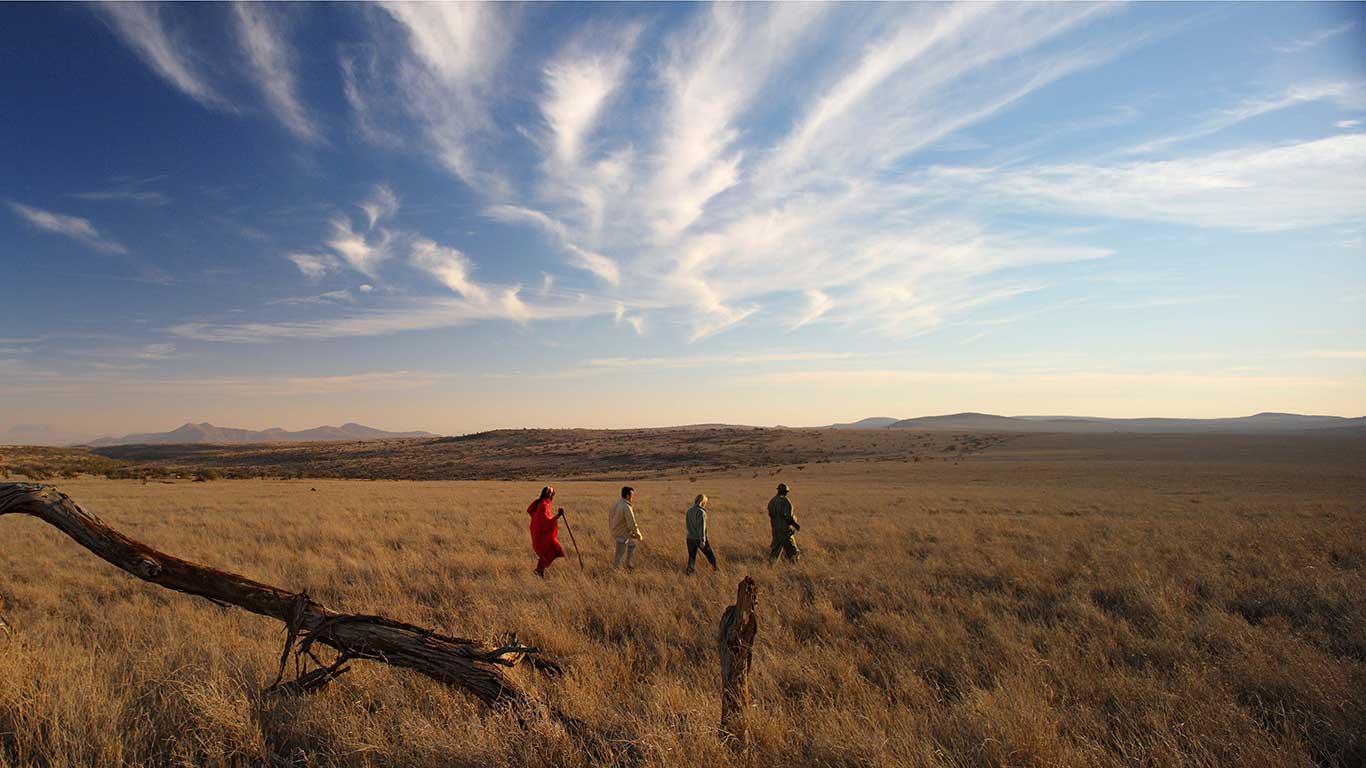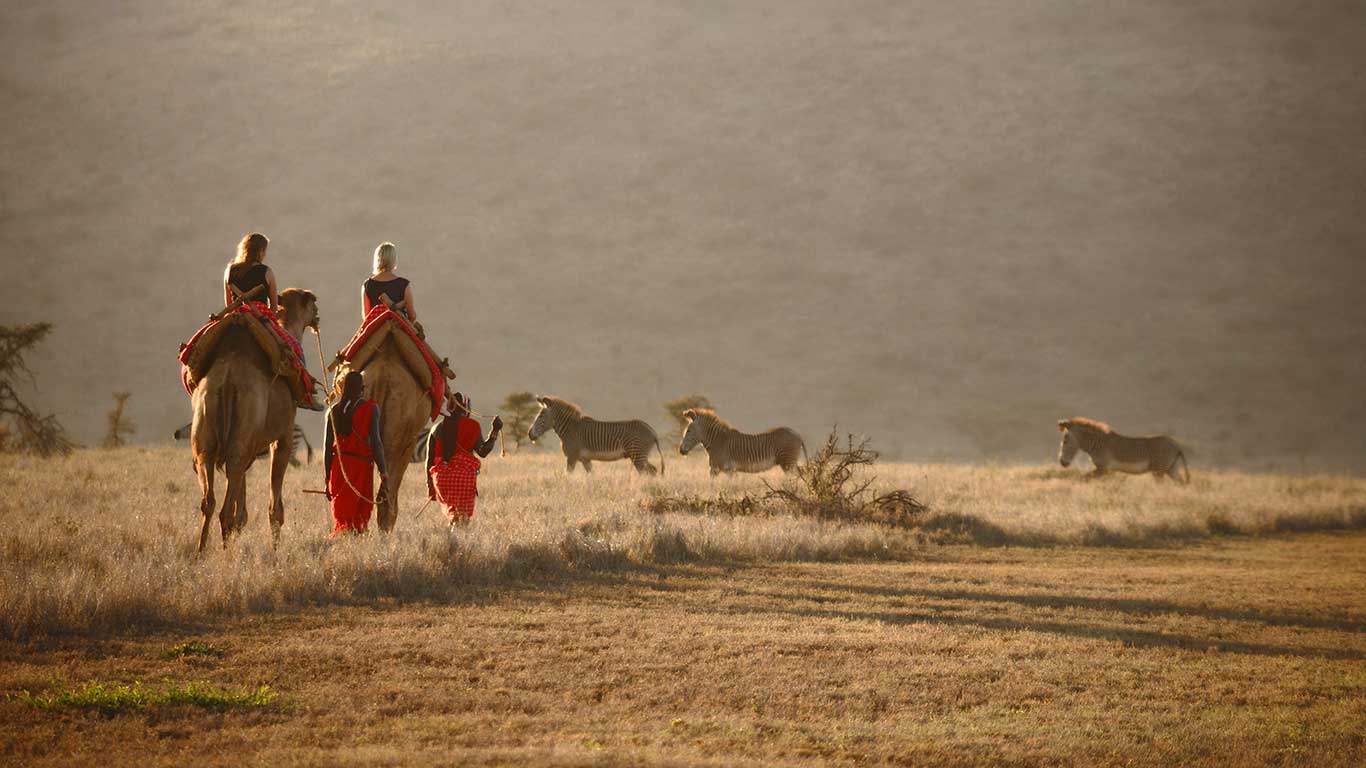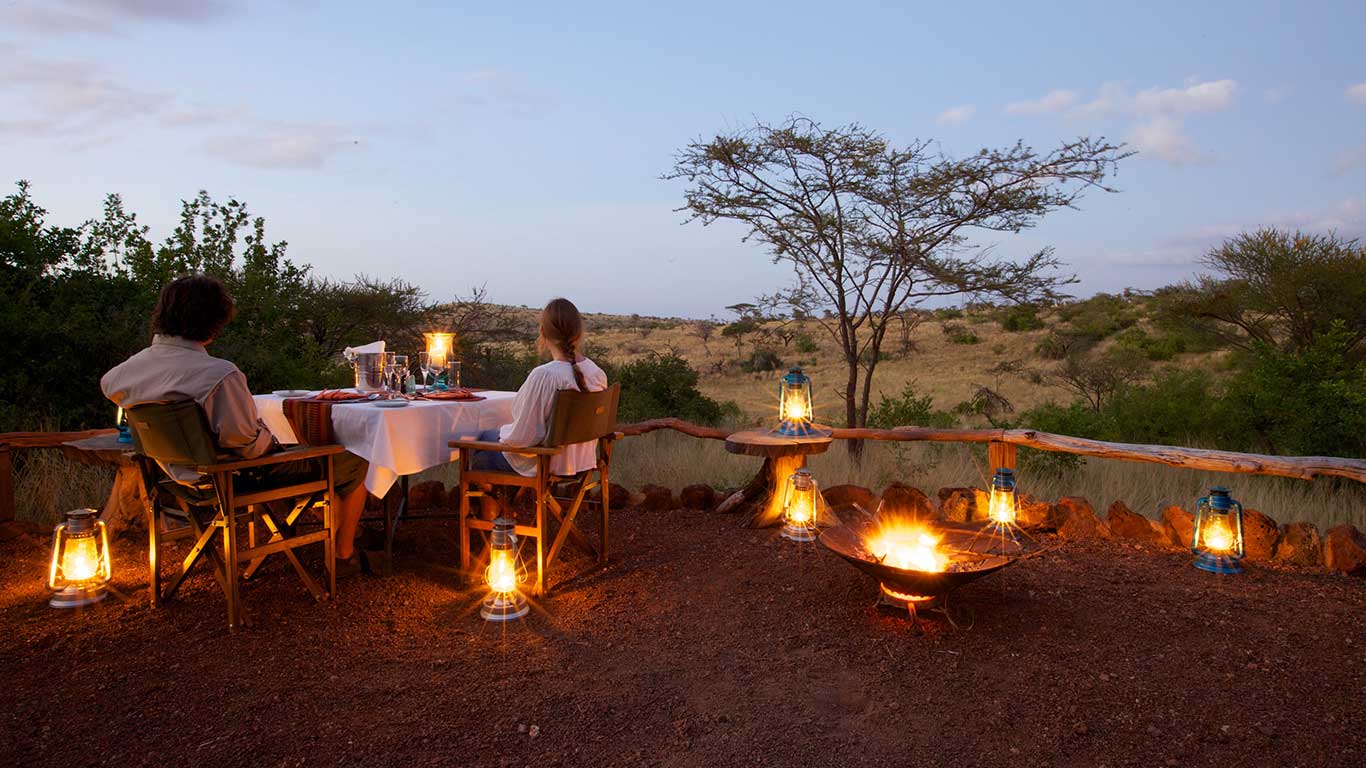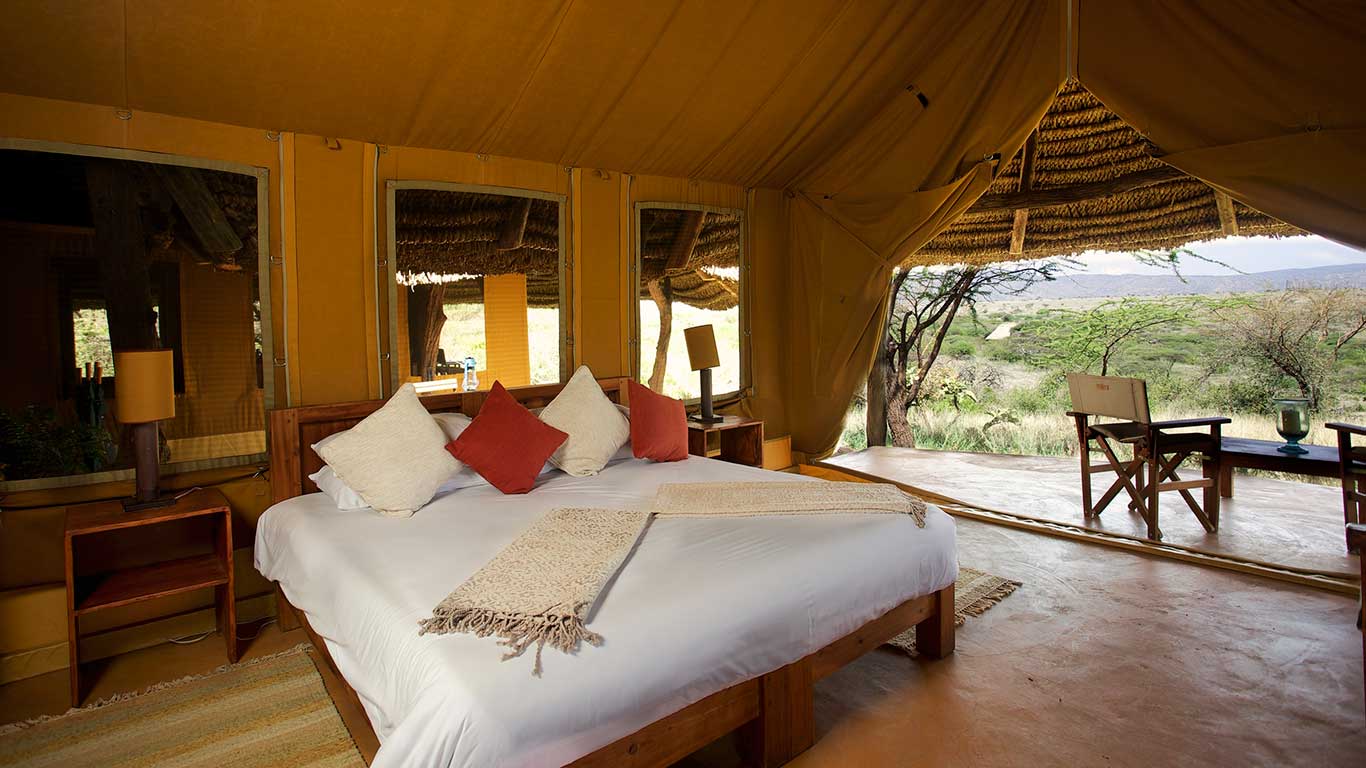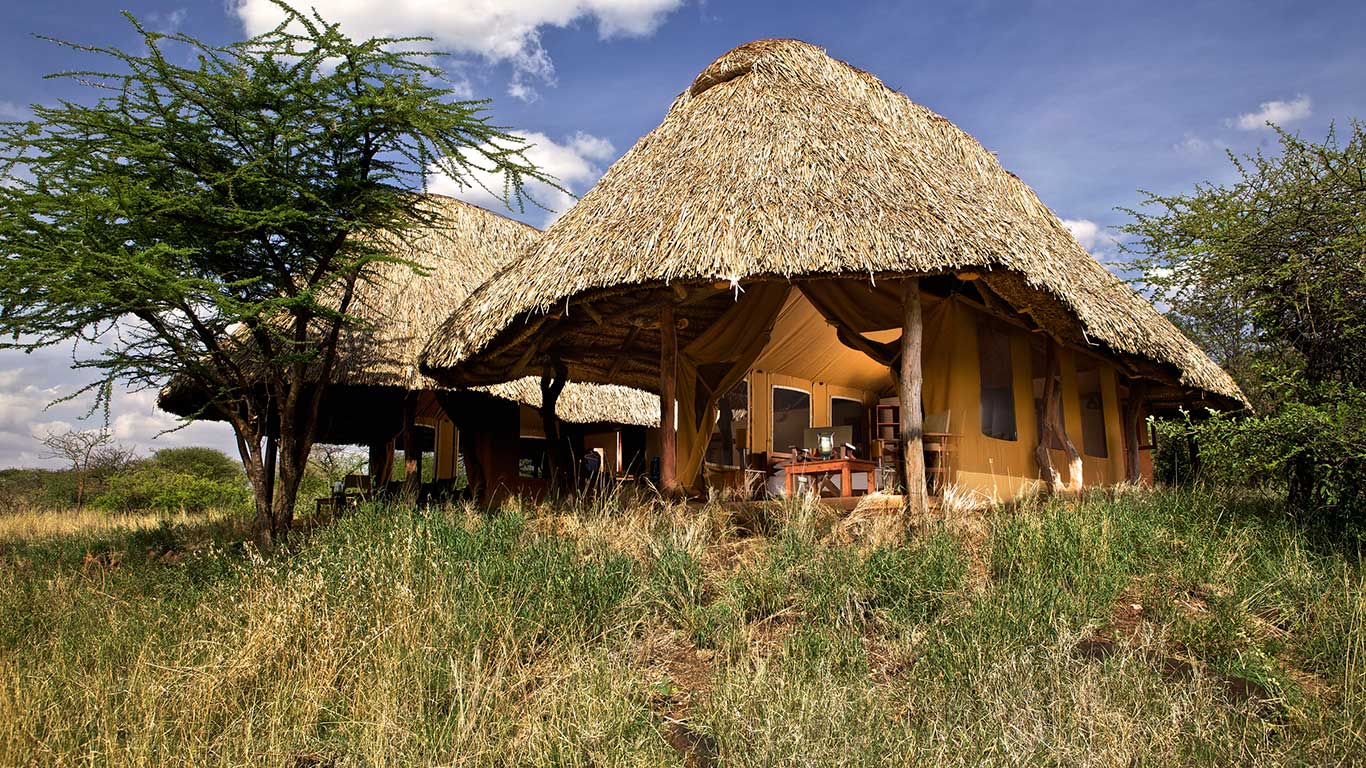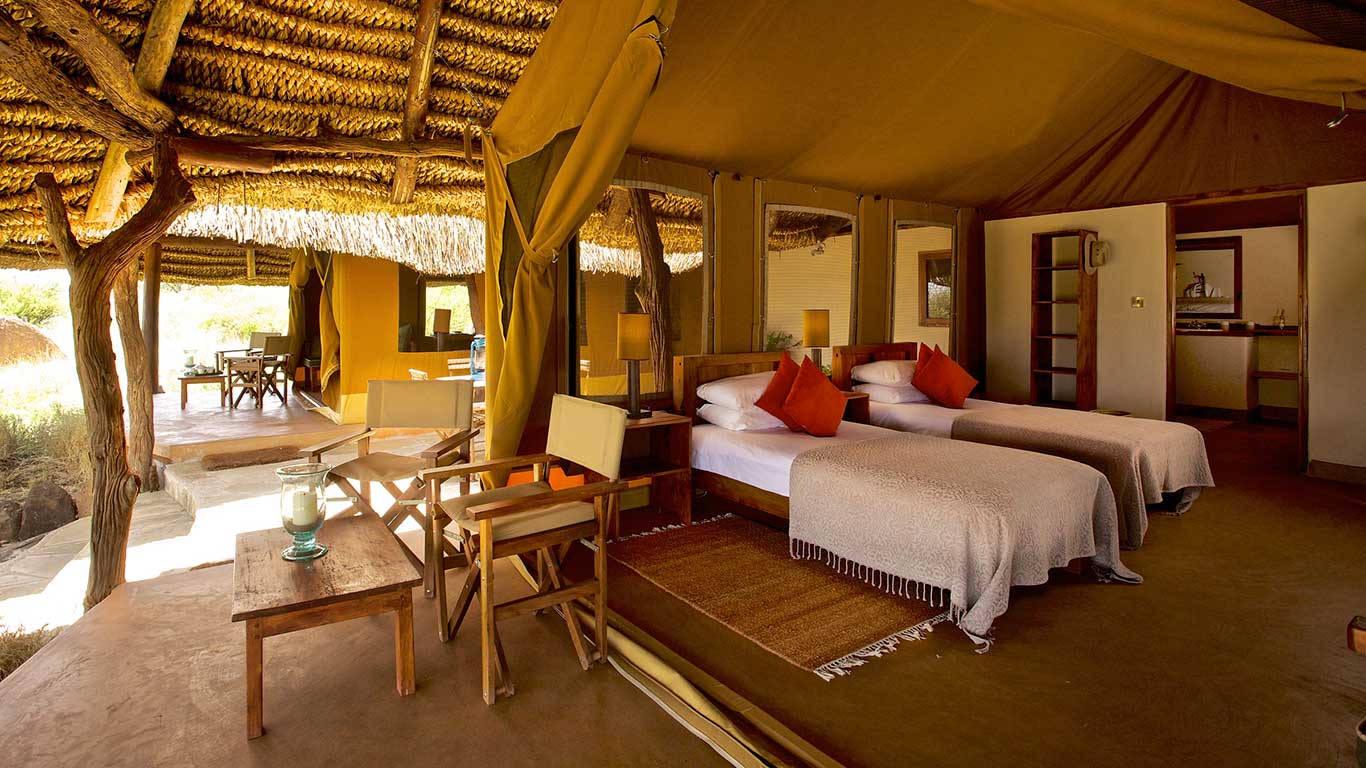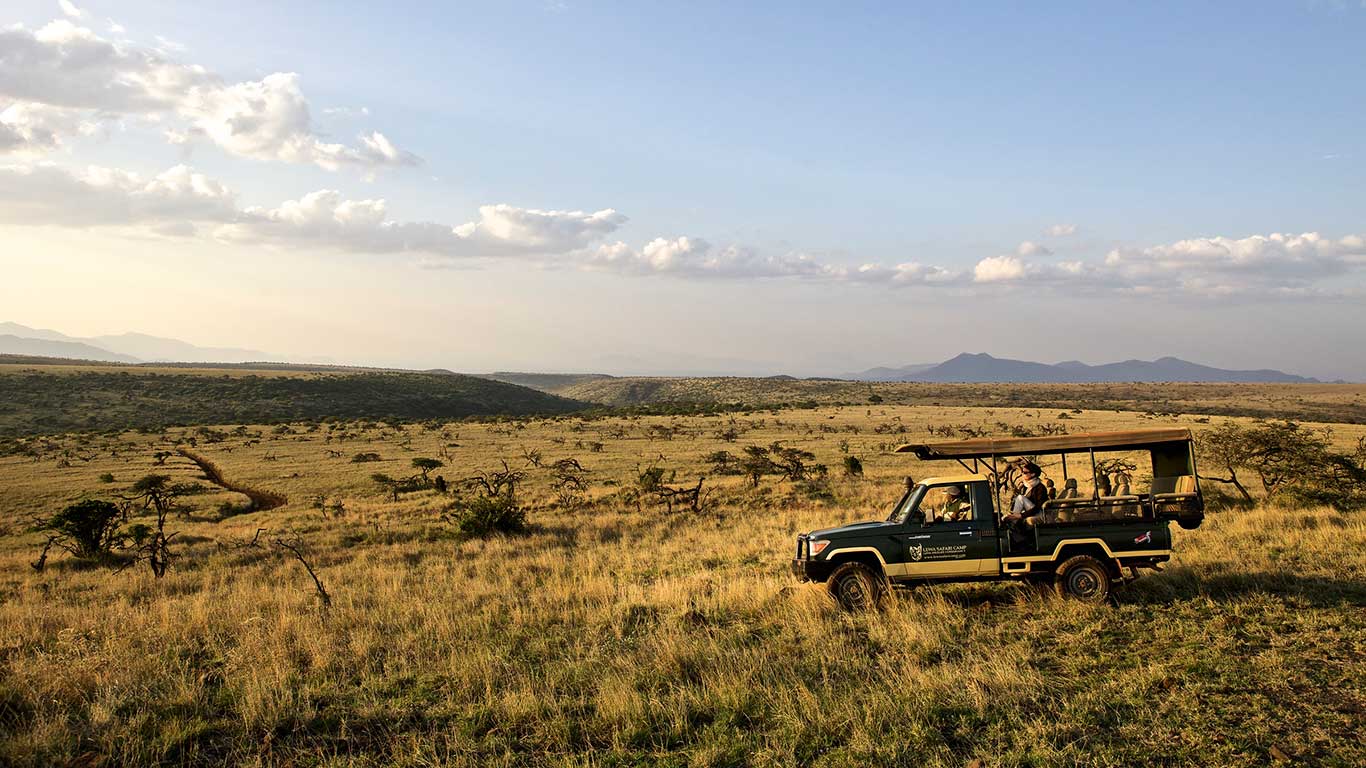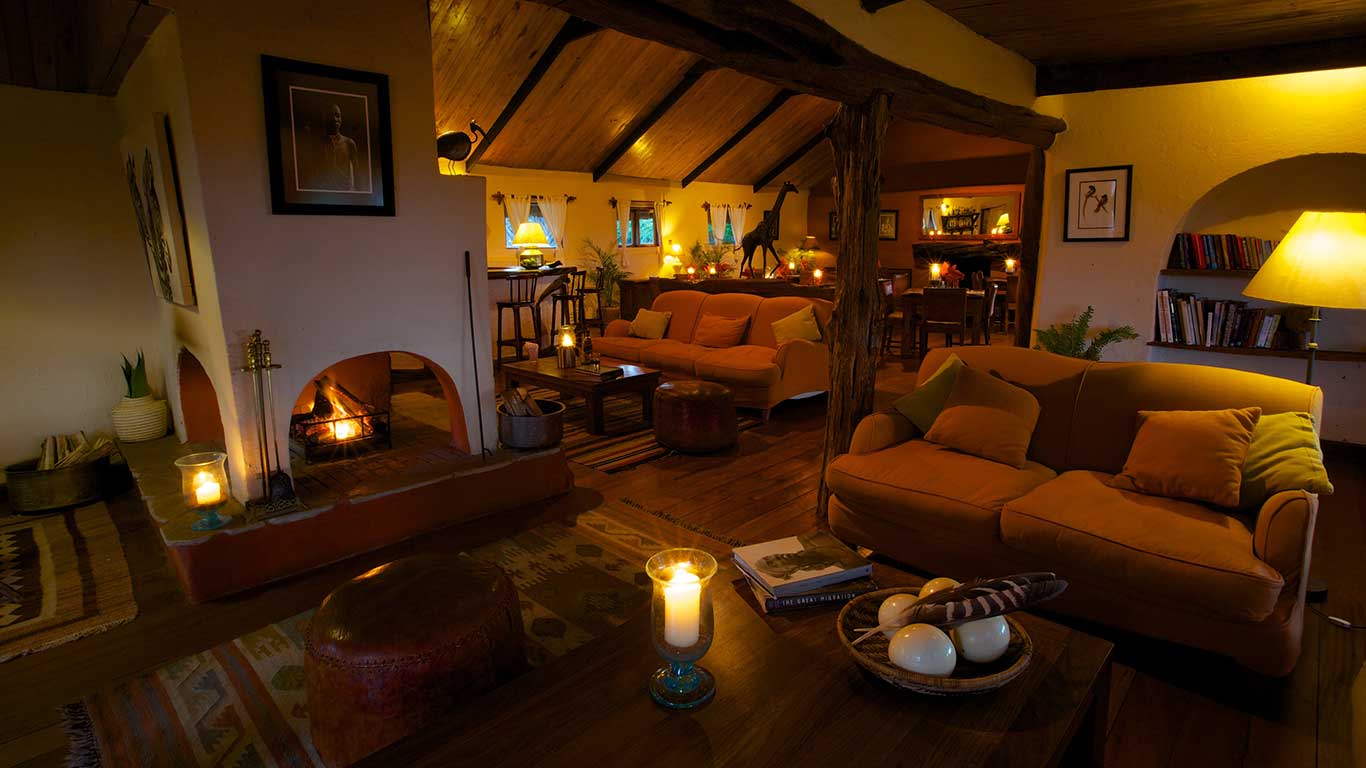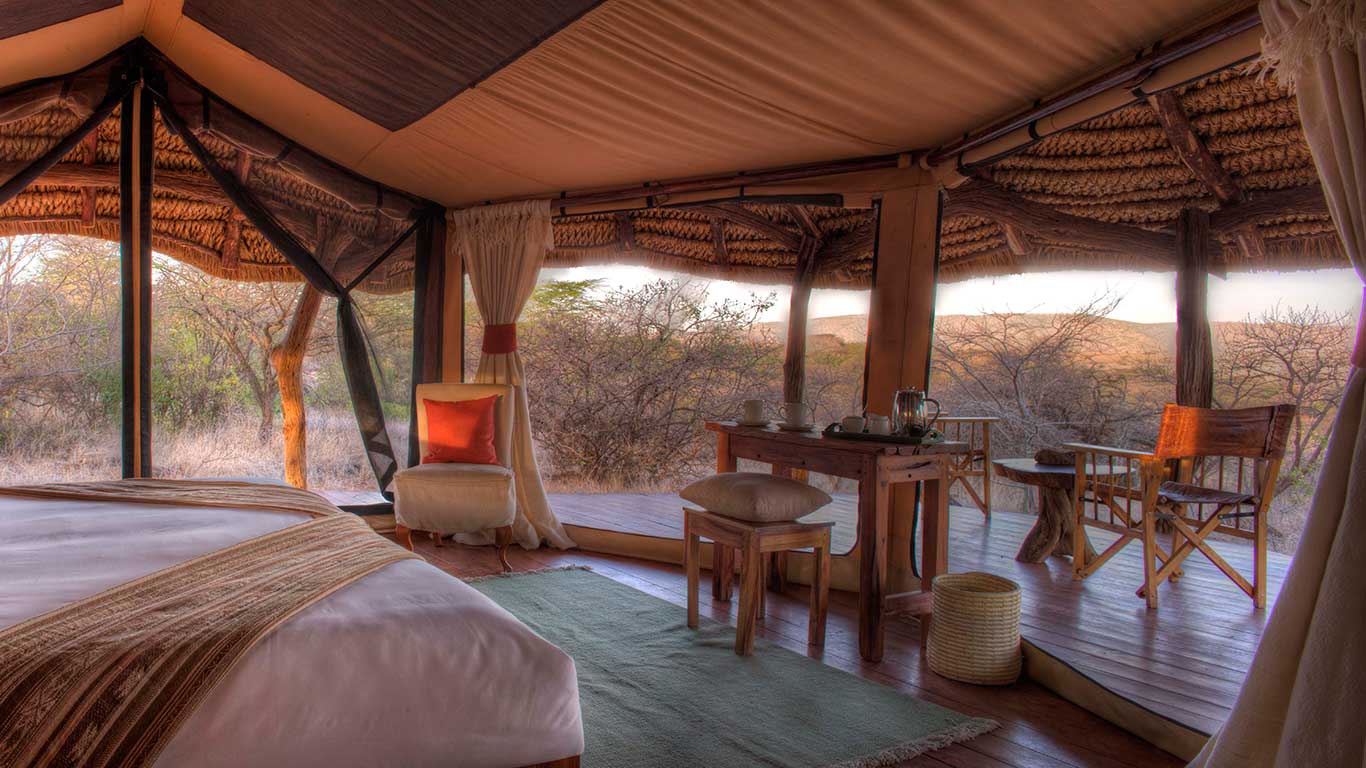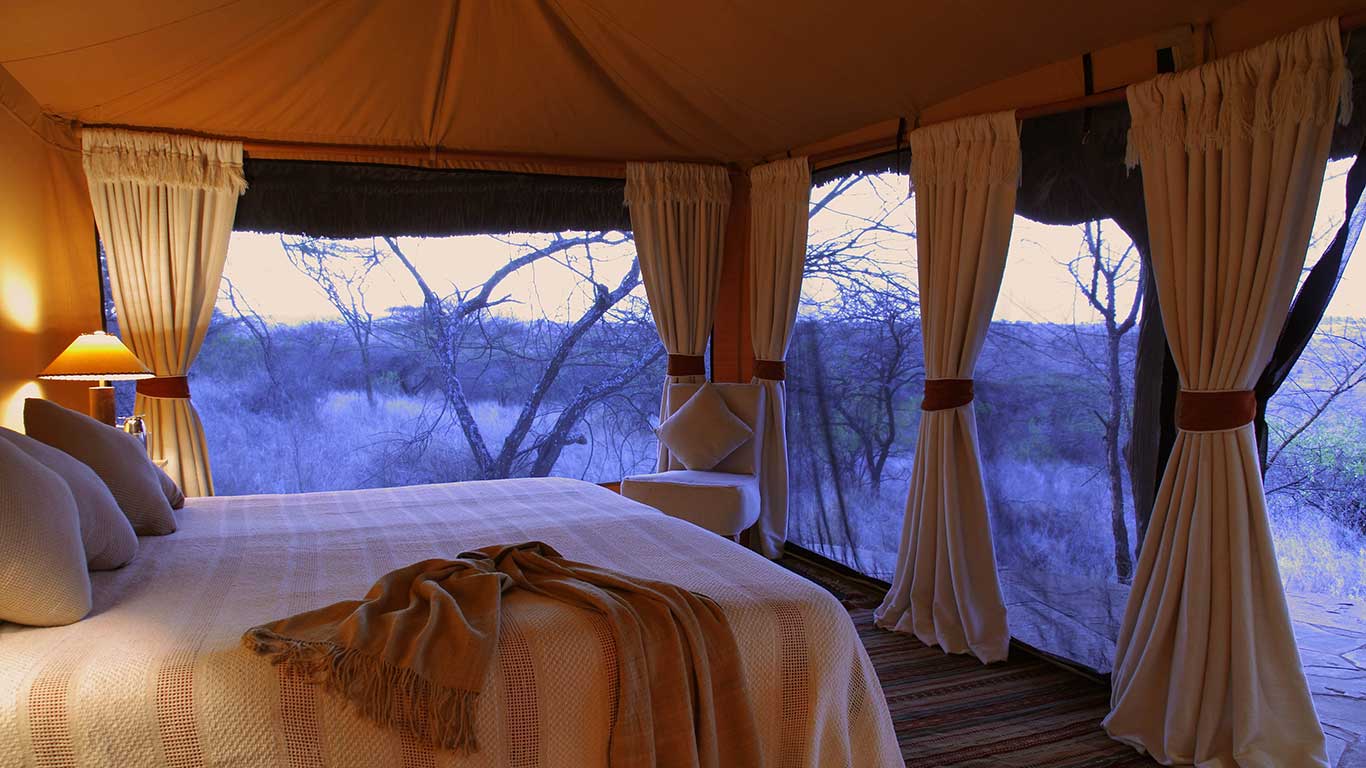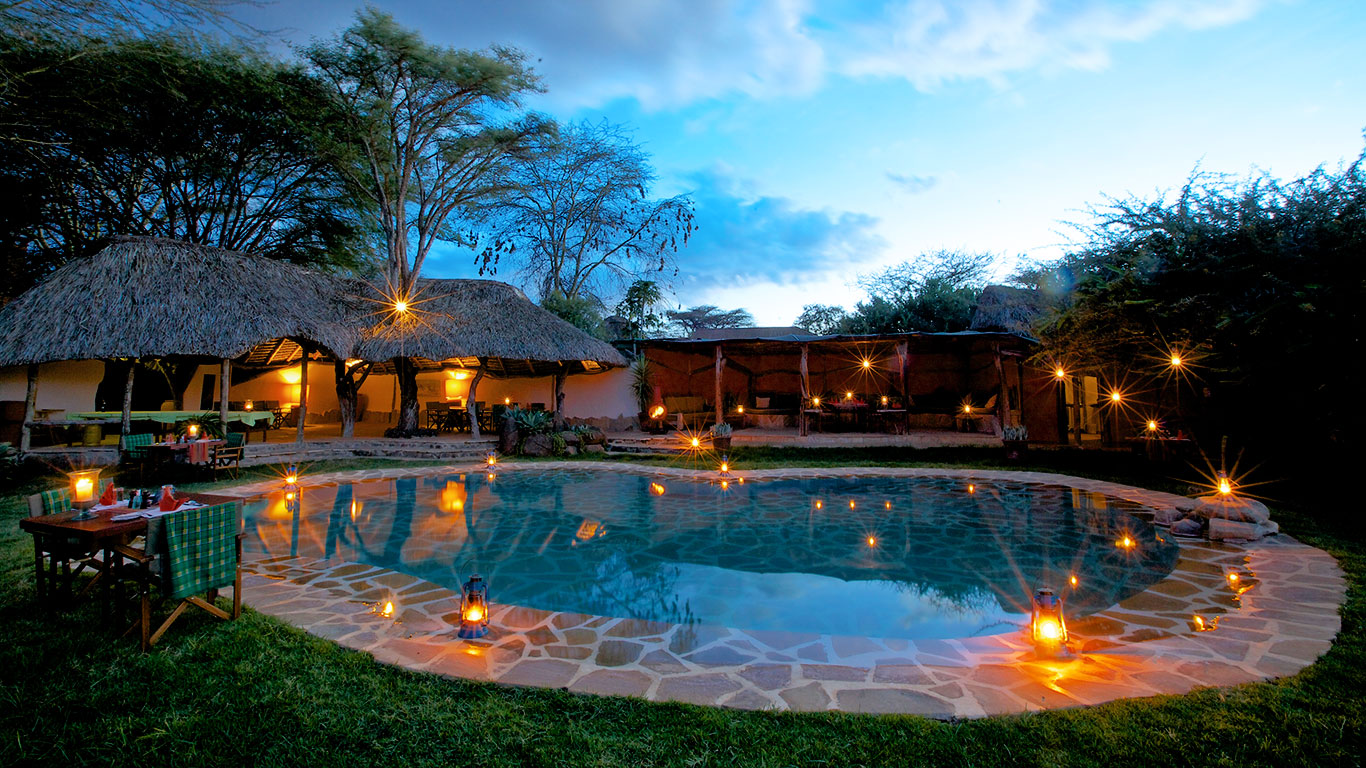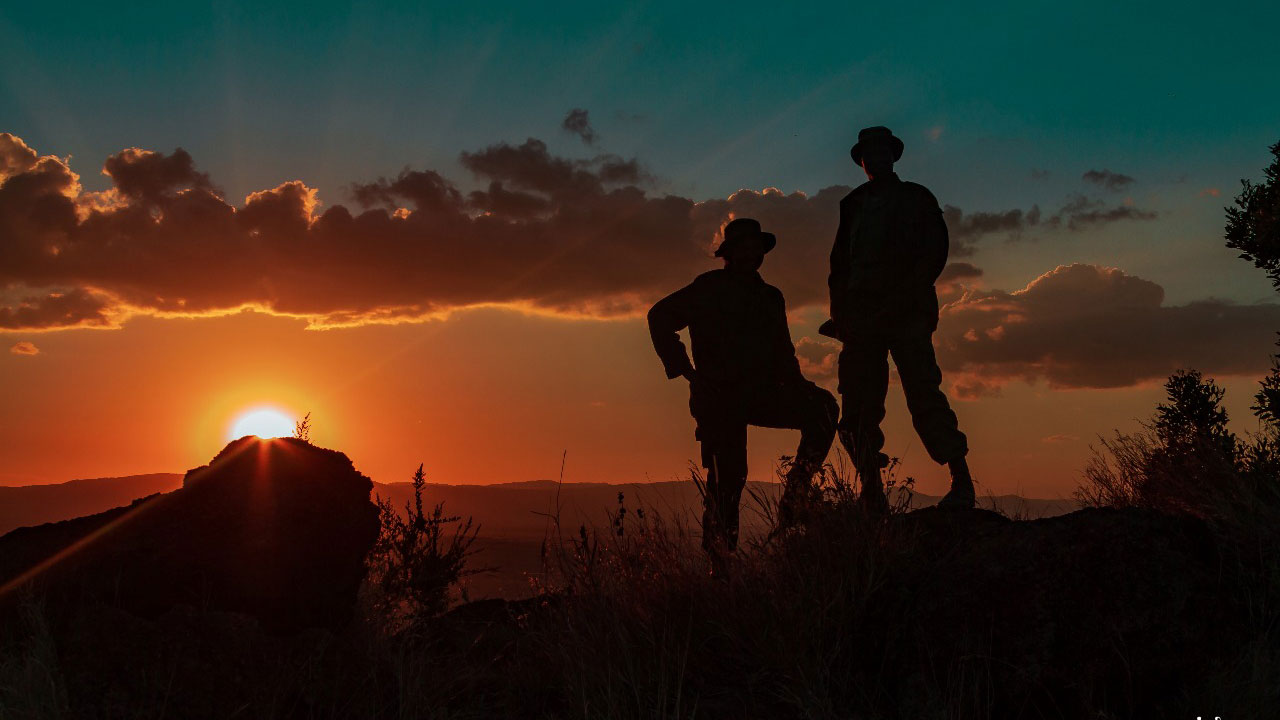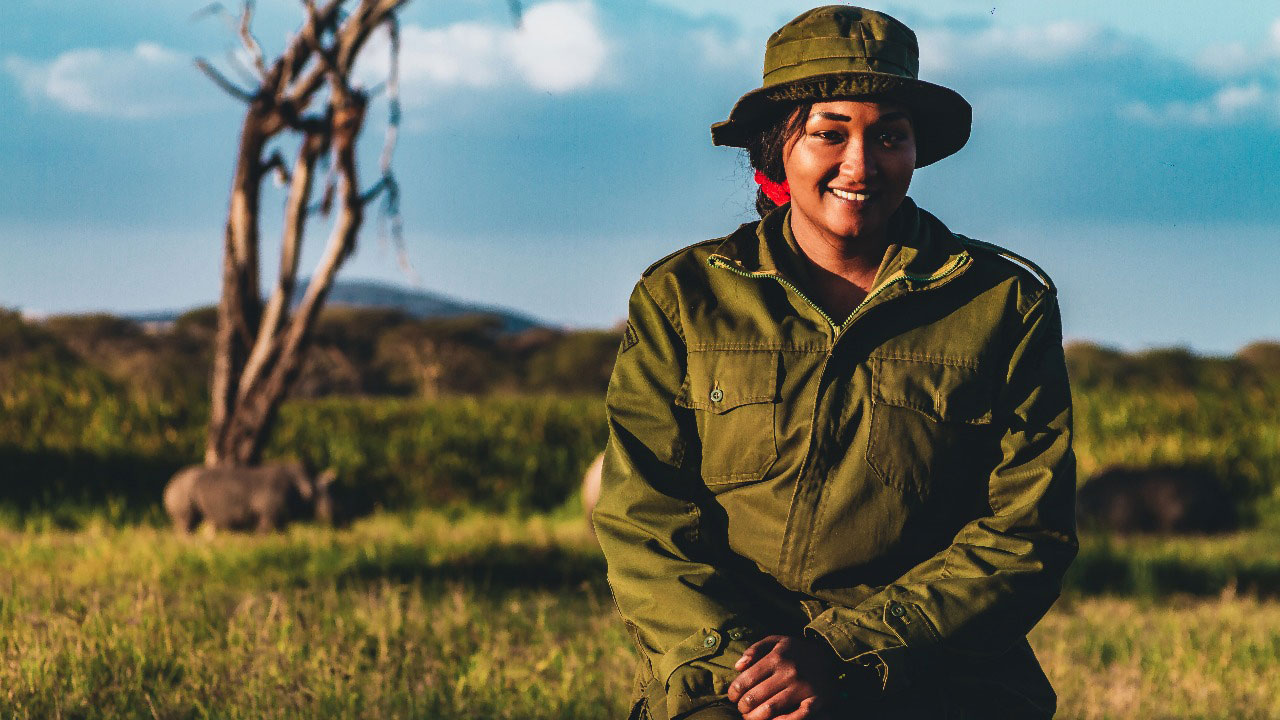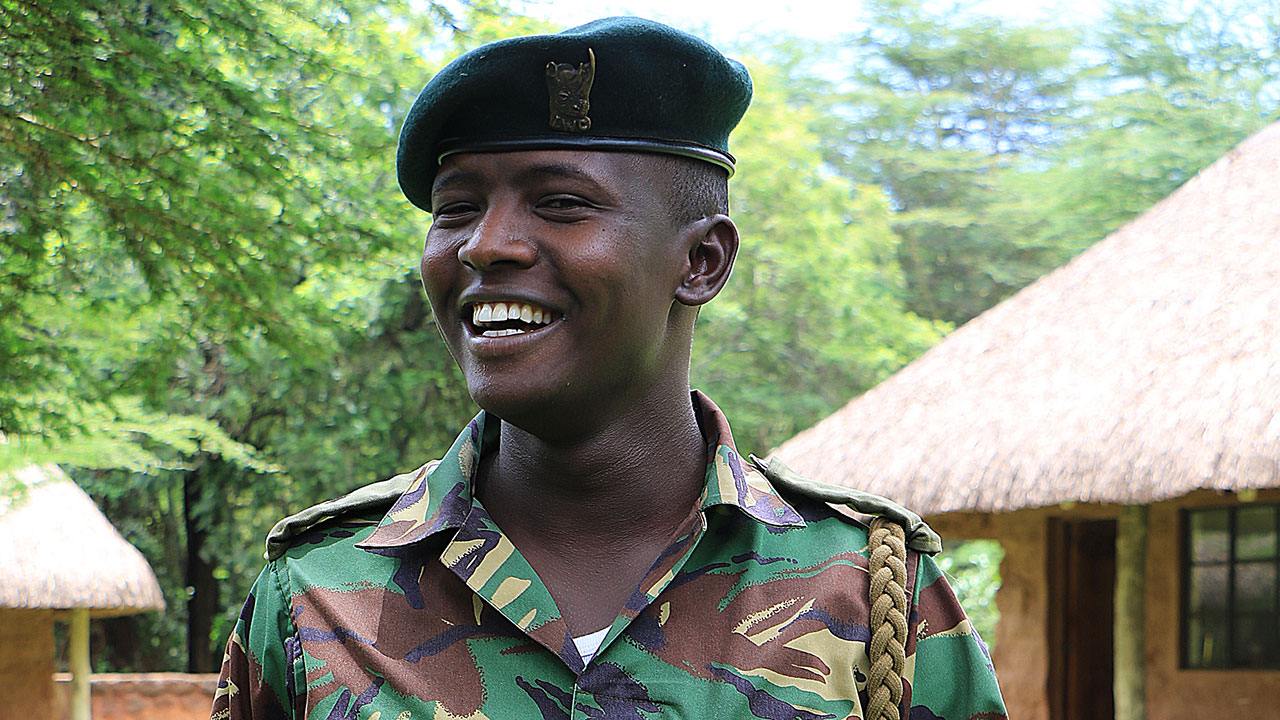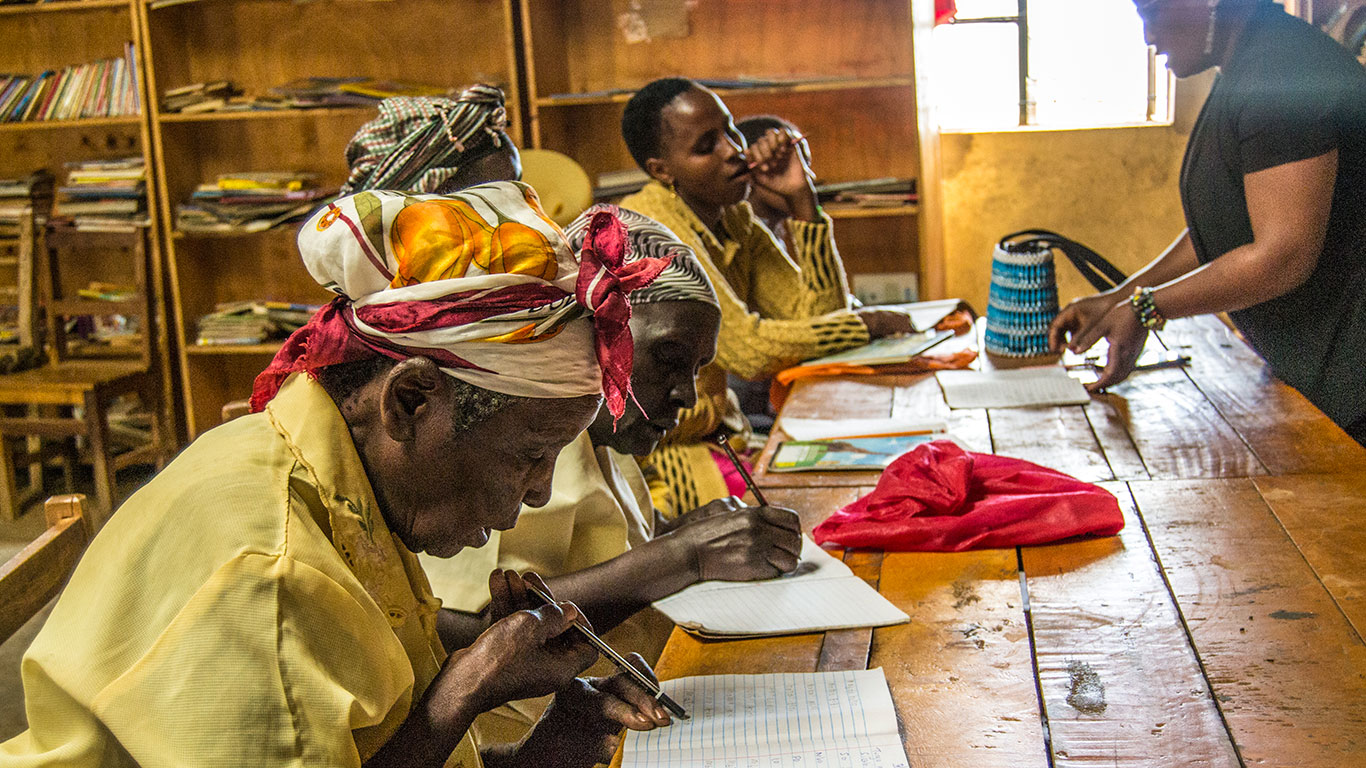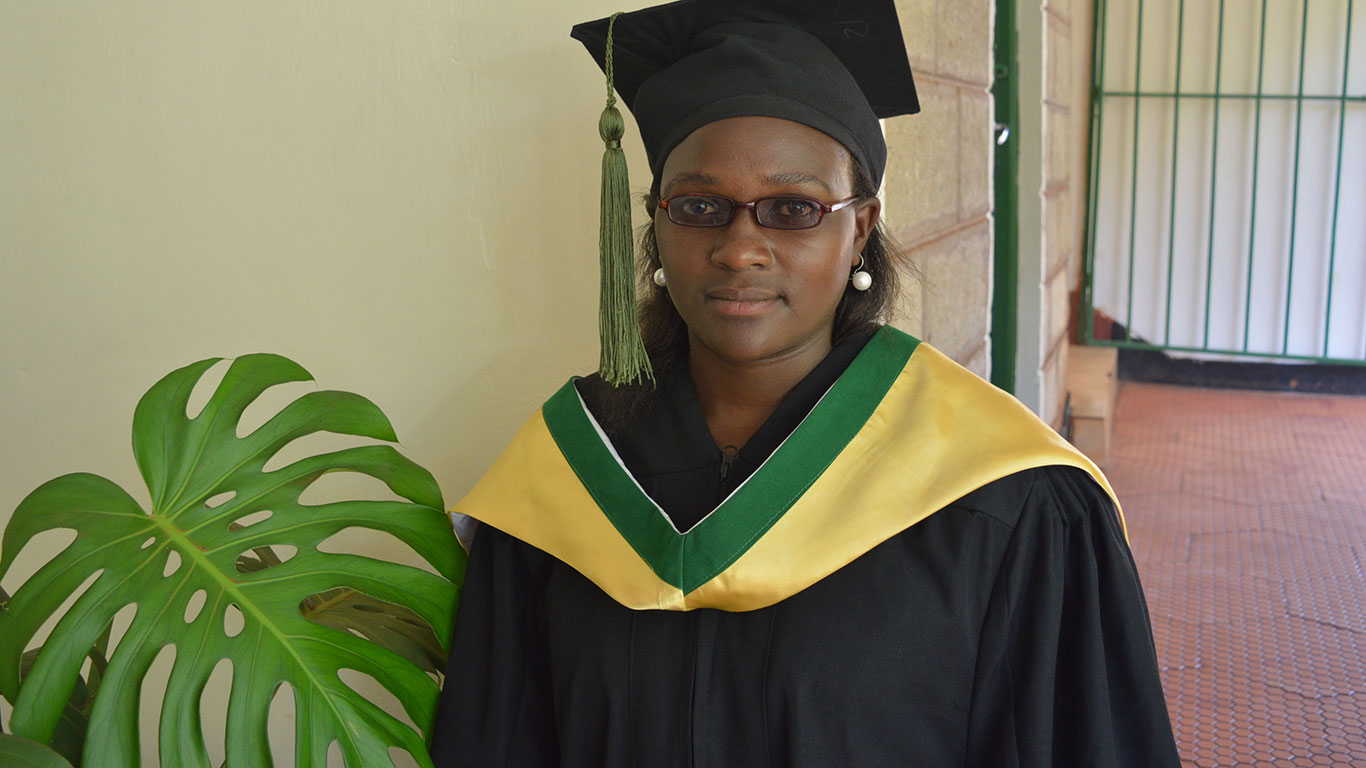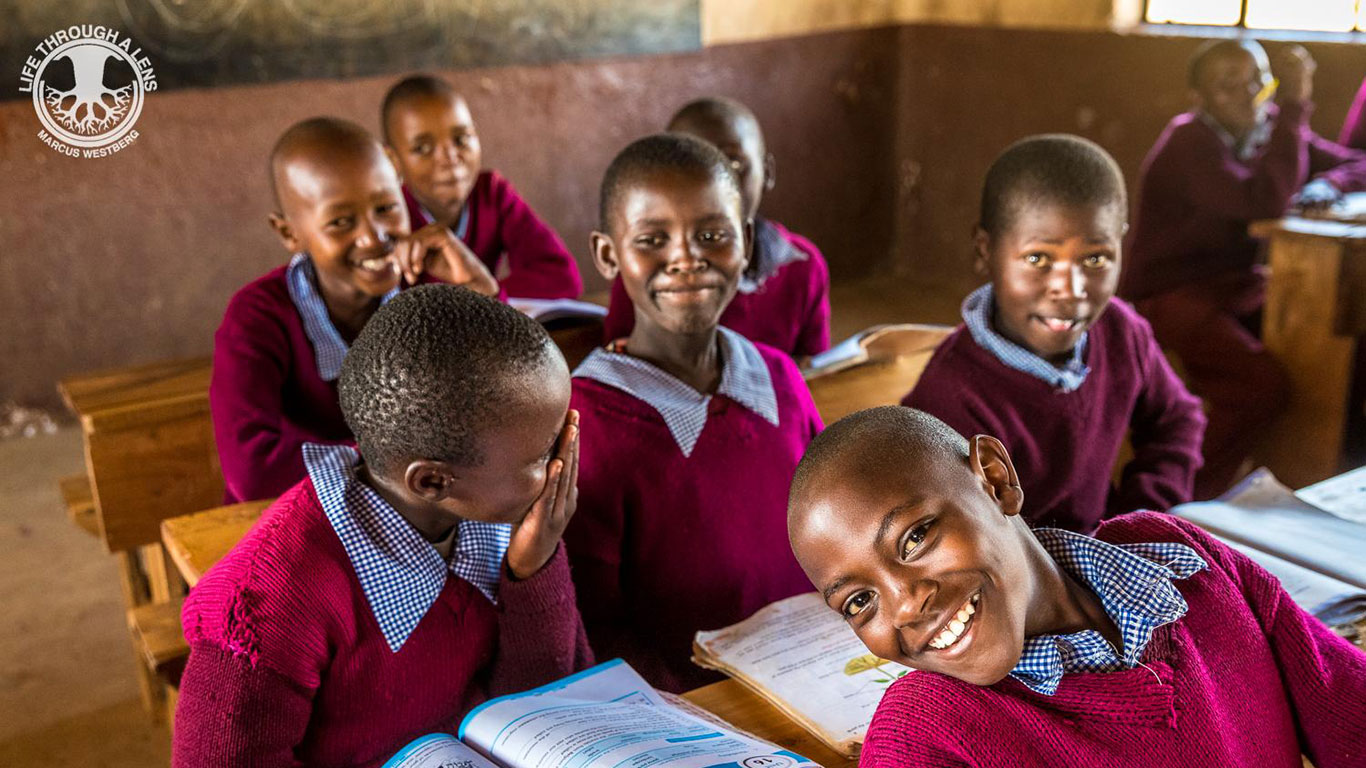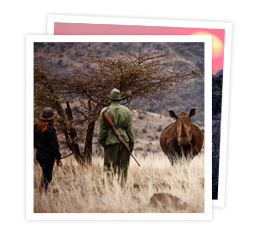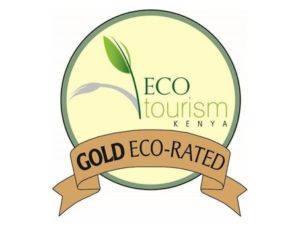The Lewa Wildlife Conservancy was founded in 1995. The Conservancy was reinvented from the Ngare Sergoi Rhino Sanctuary, which had been established in 1983 to protect the last of northern Kenya’s critically endangered black rhinos.
Today, Lewa serves as catalyst for conservation in Kenya and beyond. Through the protection and management of endangered species, the initiation and support of community conservation and development programmes, and the education of neighbouring communities in the value of wildlife, Lewa has become a model for wildlife conservation not only private land in Kenya but also a regional centre of conservation excellence.
The area is also a favoured destination for tourism, and a leading example of an integrated approach where both people and wildlife benefit from conservation. For the last three decades, Lewa’s innovative practices have resulted in thriving black rhino habitat and population, which in turn creates a robust ecosystem for a multitude of species including the endangered Grevy’s zebra, elephant, lion, cheetah, giraffe and more.
Lewa’s vision
Lewa envisions a future where people across Kenya continue to value, protect and benefit from wildlife. This future depends on communities being able to derive their day-to-day livelihoods in ways that are compatible with thriving wildlife habitat. As a result, Lewa invests heavily in the livelihoods of its neighbours through programmes in education, healthcare, water, micro-enterprise, youth empowerment and more.
These programmes have enabled the Conservancy to build strong relationships and goodwill within the neighbouring communities, and ensured that people and wildlife both benefit from Lewa’s conservation efforts. As a catalyst and champion of this model that puts people at the centre of conservation, Lewa has influenced and supported the conservancy management for both private and community lands across Meru, Laikipia and Isiolo Counties and further.
Lewa is also a unique entity in the country in that it is a privately managed conservation area, owned and run by Kenyan people, led by a strong Kenyan board, for the benefit of local communities and Kenyans at large.
Zero poaching of rhinos in the past 6 years. | Home to the third ‘key 1’ rhino population – an increasing and stable population of continental importance – in East Africa. | Spearheaded the formation of other rhino sanctuaries, most recently at Sera Community Conservancy in Samburu. | Over kshs 150M invested in education and livelihood programmes annually. | Stable and increasing wildlife numbers, including endangered species. |
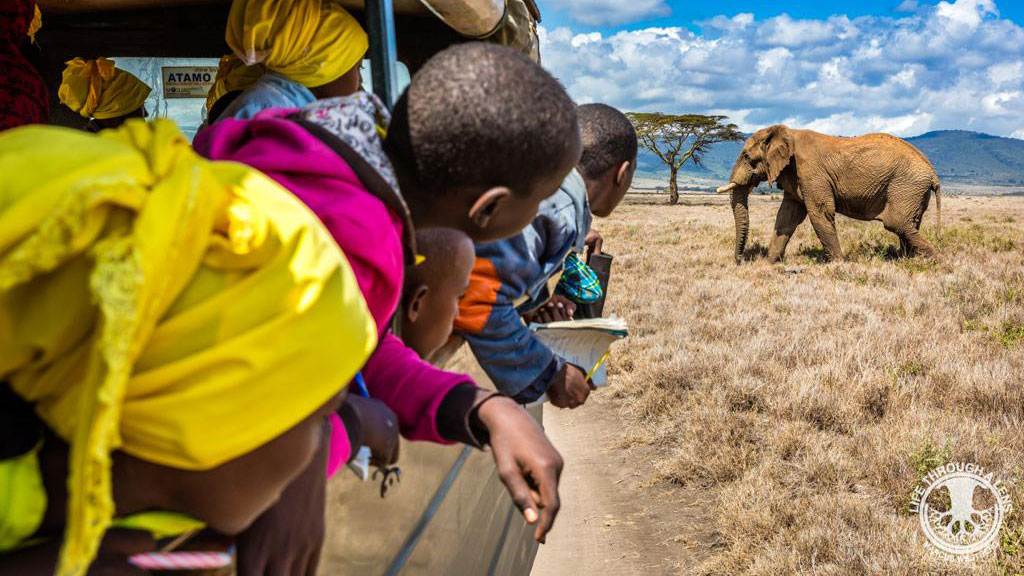
Conservation and Wildlife Management efforts
Together with our western neighbour, Borana Conservancy, we protect endangered and abundant wildlife existing in our landscape, with a focus on the critically endangered black rhino, the endangered Grevy’s zebra and other key species such as the elephant and lion.
The Lewa-Borana Landscape is home to 14% of Kenya’s rhino population and 11% of the world’s population of endangered Grevy’s zebra. We recently hit the 100 black rhino mark, which makes us home to the third ‘Key 1’ (a rhino population that is stable and increasing, and is of continental importance) black rhino population in Kenya.
Over the years, we have played a critical role in rhino conservation in Kenya. We have taken a leading role in the establishment of new rhino sanctuaries, most recently at Sera Community Conservancy in Samburu and translocated more than 30 animals from Lewa to other areas.
We are also a critical landscape to northern Kenya’s elephants, and work with our neighbours to ensure landscape connectivity for all migratory species. Together with partners, we established an elephant underpass connecting Mount Kenya to the savannah landscapes of Lewa and further north, which had been previously isolated by human development. This innovative highway solution has reduced human-wildlife conflict and ensured that elephants can once again move freely along their traditional migration routes.
Support to Community Development & Livelihoods to Improve Conservation Outcomes
Over the years, Lewa has created programmes that directly benefit the surrounding communities, building relationships and goodwill for Lewa’s conservation efforts.
These benefits have expanded to include education, health care, microfinance, improved security and agriculture support, and as a result Lewa benefits from high levels of trust and engagement with its neighbours.
In 2018 alone, Lewa spent close to Kshs 200M in community development, using funds raised from philanthropists and conservation fees.
Education: We support 23 primary and secondary government schools with close to 10,000 children by building classrooms, dormitories, laboratories, boreholes, teachers’ houses, kitchens and libraries across three counties. | Bursaries: Annually, we provide education bursaries more than 400 students. | Healthcare: Lewa’s four clinics provide affordable and accessible healthcare services to more than 50,000 annually. | Micro-enterprise: Our women’s micro-enterprise programme provides low interest loans to more than 1,800 women to enable them to run their businesses and improve their families’ livelihoods. |
Water: Lewa’s 17 water programmes ensure that 20,000 people have access to clean and safe water for both domestic use and farming. | Forestry Conservation: Through the community development programme, Lewa champions Community Forest Associations by providing technical, financial and managerial expertise. These include Ngare Ndare, Marania and Muchiene Forests. | Employment: Across Lewa and the lodges, approximately 450 people are employed in various capacities, with over 90% coming from the neighbouring communities. | Conservation education: More than 5,000 children visit Lewa annually for a conservation education experience, which empowers them with knowledge to become stewards of their natural world. |
Innovation & Best Practice:
Lewa is known by conservation practitioners for its innovation, expertise and leadership, which is enhancing community-based conservation practices and thinking in Kenya and beyond.
Conservation partnership models
- Private - public partnership:
- Lewa works closely with the local and national government agencies to protect wildlife and steer development. An example of this partnership is with Ngare Ndare Forest, a government forest, which partnered with Lewa to manage both landscapes jointly for the benefit of wildlife.
- Private - community partnership:
- In the implementation of its programmes, Lewa works very closely with its neighbours to implement development programmes through Development Committees.
- Sustainable Tourism model:
- The tourism sector has the greatest potential to financially support conservation. Lewa currently earns a third of its annual revenue from tourism. Lewa’s model ensures that tourism is optimised and has minimal negative impacts on the environment.

